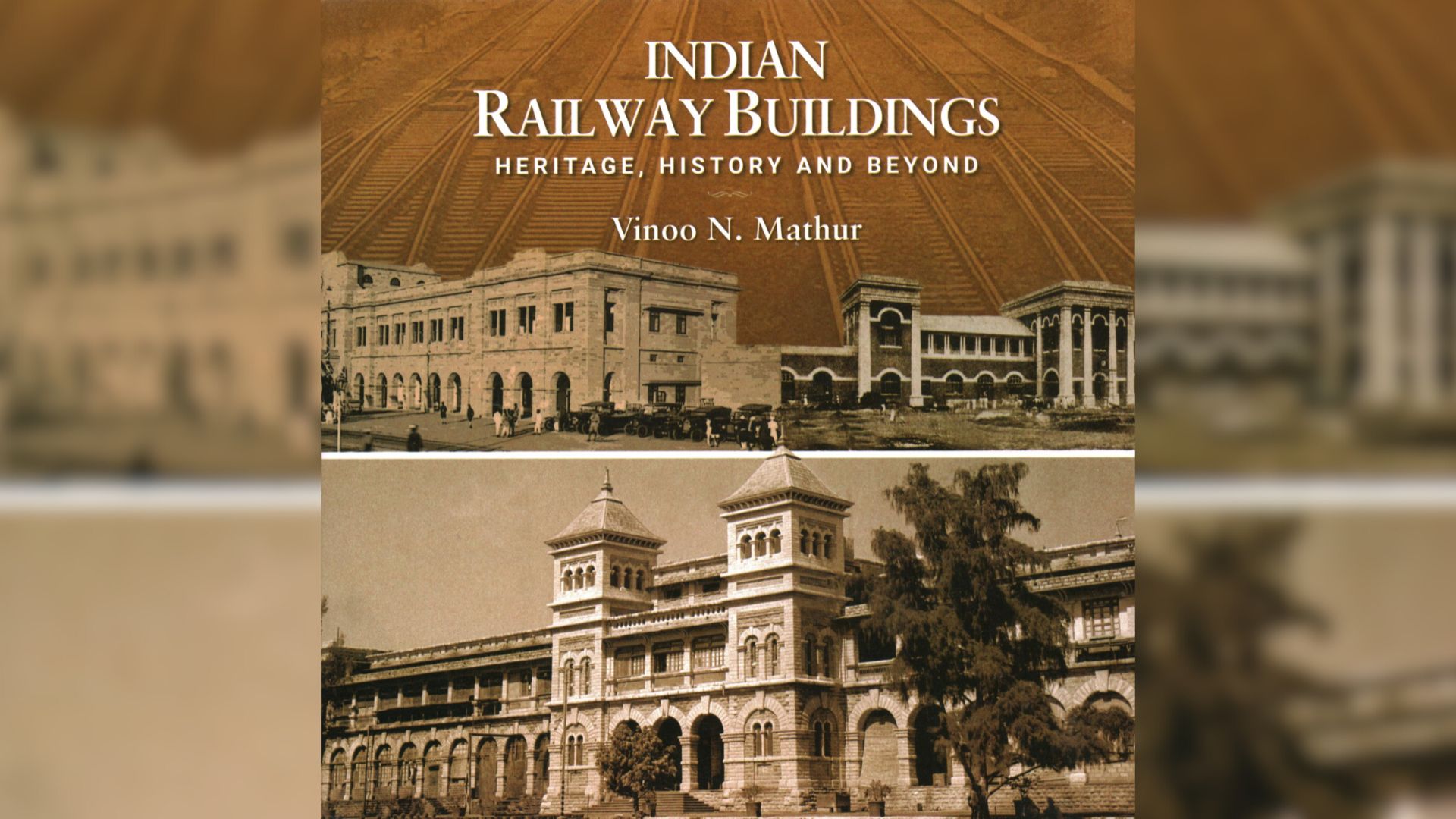Bengal Nagpur Railway House
Located in Garden Reach, Calcutta, this residence is one of the finest examples of classical revival architecture. Garden Reach is a stretch of about 5 km on the banks of the Hooghly River, opposite the Botanical Gardens from which it derives its name. In the late eighteenth century and up to the mid-nineteenth century, there were a number of exclusive garden houses along the river with large compounds, which belonged to the elite Calcutta society. Bungalow No. 11, now Bengal Nagpur Railway House, for example, was occupied by Sir Lawrence Peel, Chief Justice of the Supreme Court from 1848 to 1855.
In 1856, after the annexation of Oudh by the British, Nawab Wajid Ali Shah was exiled to Calcutta and initially stayed on rent in property belonging to the Maharaja of Burdwan. During the 1857 skirmishes, he was imprisoned in Fort William lest he become a focal figure for rebellion in Calcutta. On his release, he was allotted an estate at Garden Reach. He is said to have stayed in Bungalow No. 11 for some time. He settled down in this estate and, to cater to the requirements of his large family, followers and menagerie of animals, he bought adjoining areas in Garden Reach and Metiabruz. Some of the other houses in the estate were occupied by his wives and concubines. He then built and shifted to a larger residence at No. 55 Garden Reach. He was in many ways a tragic figure, though, as a ruler, he made considerable contributions to music (thumri), dance (kathak), Hindustani theatre and literature. He, however, failed to exert authority and defend his kingdom and often the women of the family had to play a more assertive role. The Nawab lived much longer than the British had expected and died in 1887.
With the coming of Wajid Ali Shah, the last of the Nawabs of Awadh, the genteel ‘British’ character and exclusivity of Garden Reach had been lost. Later, jute mills, tidal docks and wharves were established. Some properties were bought by a syndicate and, subsequently, the Garden Reach House and estate passed on to the newly-formed Bengal Nagpur Railway. The building was described as ‘distinguished above all others for its classical elegance’1 by J.C. Marshman, a former editor of the Friend of India, a leading Calcutta newspaper. This building was built during a time when classic revival architecture was at its peak in Europe and, a few years later, in the colonies. Buildings designed during the period were truly representative of the classical Greek and Roman tradition. The house was designed in the Greek revival style by C.K. Robinson, a city magistrate who was associated in the design of several classical revival buildings. Worthy of note are the original symmetry of the building and the proportionate dimensions of the tapered and fluted Railways Doric columns, the entablature with the traditional feature of triglyphs and metopes on the frieze, a plain balanced architrave and attractive cornice. The pediment on top of the entablature, with a plain tympanum, added to its grace and beauty. An unusual feature was the balcony created on the first floor, which was earlier partly covered, resting on the column shaft. Over time, several modifications have been made to the building; for example, it had six Doric columns on each of the four faces, some were removed, the original pediment was also removed and recently replaced by a somewhat ungainly one which does not conform to the original dimensions. Inside, the staircase arrangement was altered so as to provide the main staircase along the walls of the entrance hall.

The house was home to the Agent of the Bengal Nagpur Railway and one of its better-known residents was Sir Trevredyn Rashleigh Wynne. He was a pioneer in building the Railway and resided in the house from 1897 to 1902. After Independence, for some years, it was converted into a hospital and the office of the Chief Medical Officer. However, it was soon restored as the residence of the General Manager of the South Eastern Railway.
This magnificent, almost 200-year-old mansion, on the banks of the Hooghly, continues to provide its occupants peace and serenity and the finest view of the activities on the river flowing quietly at the edge of its lawns.
[Niyogi Books has given Fair Observer permission to publish this excerpt from Indian Railway Buildings: Heritage, History & Beyond, Vinoo N. Mathur, Niyogi Books, 2022.]
The views expressed in this article are the author’s own and do not necessarily reflect Fair Observer’s editorial policy.
Support Fair Observer
We rely on your support for our independence, diversity and quality.
For more than 10 years, Fair Observer has been free, fair and independent. No billionaire owns us, no advertisers control us. We are a reader-supported nonprofit. Unlike many other publications, we keep our content free for readers regardless of where they live or whether they can afford to pay. We have no paywalls and no ads.
In the post-truth era of fake news, echo chambers and filter bubbles, we publish a plurality of perspectives from around the world. Anyone can publish with us, but everyone goes through a rigorous editorial process. So, you get fact-checked, well-reasoned content instead of noise.
We publish 2,500+ voices from 90+ countries. We also conduct education and training programs
on subjects ranging from digital media and journalism to writing and critical thinking. This
doesn’t come cheap. Servers, editors, trainers and web developers cost
money.
Please consider supporting us on a regular basis as a recurring donor or a
sustaining member.
Will you support FO’s journalism?
We rely on your support for our independence, diversity and quality.




Comment